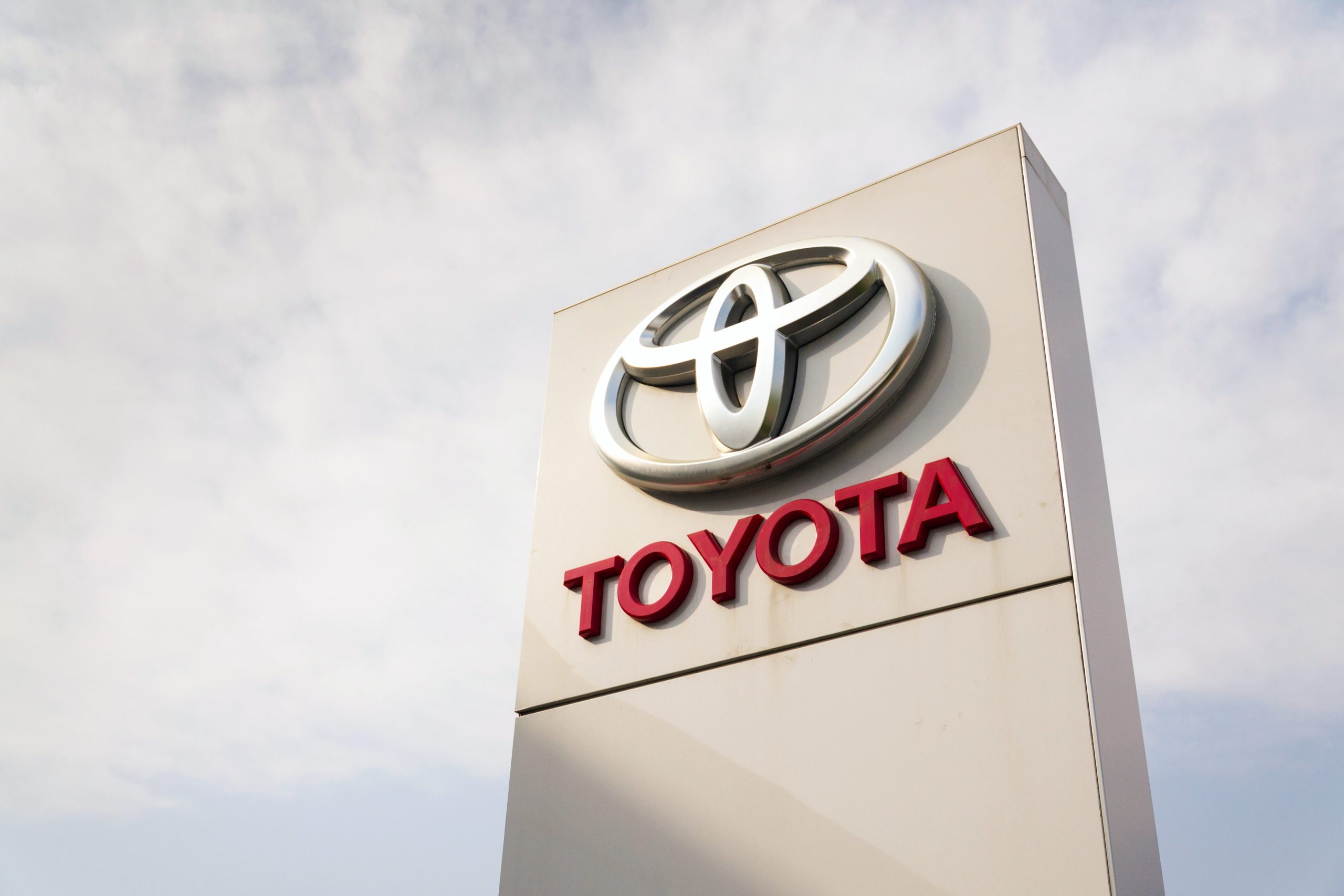The past two years have been filled with challenges and uncertainty for many automotive retail professionals. Now, as we’re in the first quarter of 2022, what can the industry expect for the year ahead? Joining us today on Inside Automotive is Cox Automotive’s Chief Economist, Jonathan Smoke, who takes an in-depth look at retail trends in 2021 and shares his predictions for the future.
High prices and low supply due to the ongoing chip shortage, as well as the pandemic, continue to go hand-in-hand. The lack of supply was so extreme in 2021, that when paired with overwhelming consumer demand, created a peak last Spring. Q1 and Q2 of 2021 also had two rounds of stimulus payments and tax season. Smoke thinks it might be the most unprecedented consecutive quarters the industry will ever see. While sales progressively slowed down, pricing power remained. However, had inventory been on par with 2019 levels, Smoke has no doubt that 2021 would have been a record-breaking year for new car sales volume.
 In fact, Smoke expects that the industry will continue to see high demand linger into this year. There is pent-up demand across the market. 2021 was a strong year for virtually every part of the industry, says Smoke. There was a record volume of total retail sales, up 9% year-over-year. Car dealers would have sold even more vehicles, especially new ones, had it not been for supply constraints. These constraints also gave car dealers pricing power and boosted margins across the entire business from F&I to fixed ops. 2021 will be hard to beat, but there are some circumstances from last year that are lingering into this one, adds Smoke.
In fact, Smoke expects that the industry will continue to see high demand linger into this year. There is pent-up demand across the market. 2021 was a strong year for virtually every part of the industry, says Smoke. There was a record volume of total retail sales, up 9% year-over-year. Car dealers would have sold even more vehicles, especially new ones, had it not been for supply constraints. These constraints also gave car dealers pricing power and boosted margins across the entire business from F&I to fixed ops. 2021 will be hard to beat, but there are some circumstances from last year that are lingering into this one, adds Smoke.
In terms of overall 2021 performance, domestic manufacturers began to lose share. Toyota beat out GM for the first time in total U.S. sales.
| Related: Toyota tops General Motors for 2021 total sales in U.S. |


Additionally, the used-vehicle department became essential to car dealers’ bottom lines. Best-in-class dealers have focused on used cars for many years, says Smoke, 2021 rewarded them handsomely for it. What stands out, in particular, were the strategies used car managers and dealers had to adopt, in order to acquire used vehicle inventory.
While it’s always good to see where we’ve been, most of us are now thinking about where we are going. While we’ve seen a slow start to January so far, Smoke says don’t be fooled. All of the fundamentals for the year ahead look very positive. Economic growth, lower unemployment, and favorable credit all lead to demand. In fact, the threat of potentially higher rates may create a sense of urgency for consumers. All signs point to robust demand and record-setting volume for retail sales and gradually grow as the year progresses.
Did you enjoy this interview with Jonathan Smoke? Please share your thoughts, comments, or questions regarding this topic by submitting a letter to the editor here, or connect with us at newsroom@cbtnews.com.
Be sure to follow us on Facebook and Twitter to stay up to date or catch up on all of our podcasts on demand.
While you’re here, don’t forget to subscribe to our email newsletter for all the latest auto industry news from CBT News.









